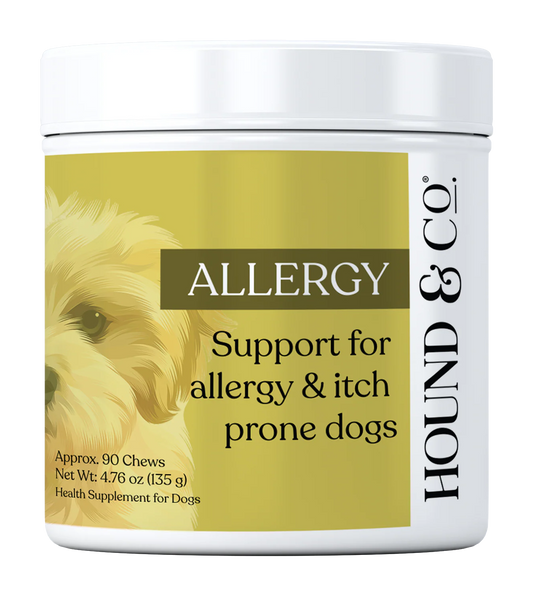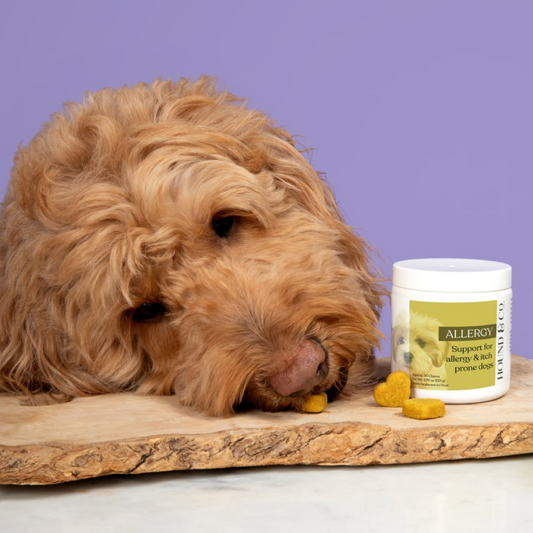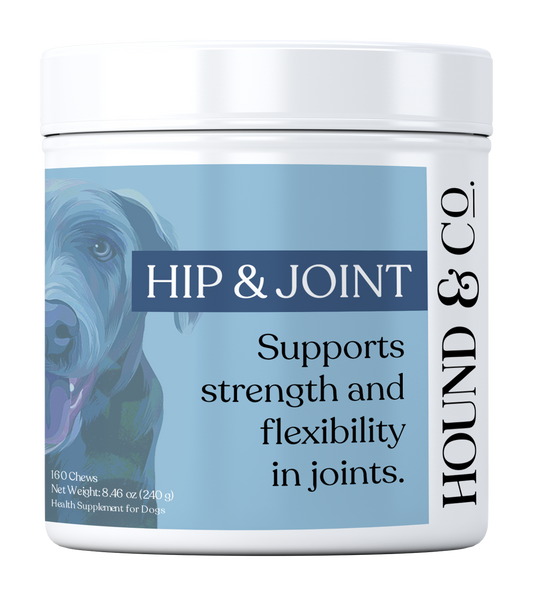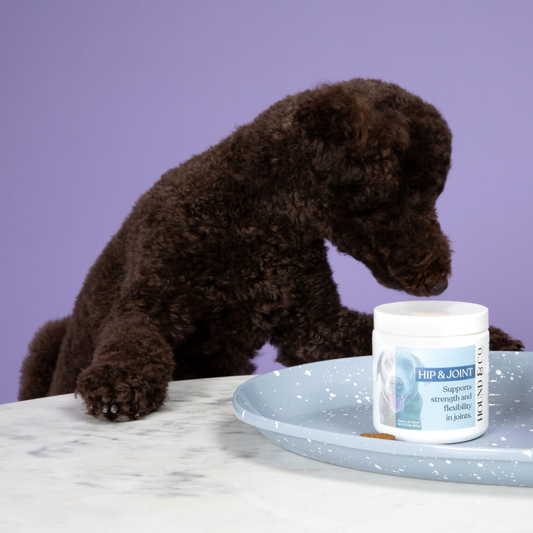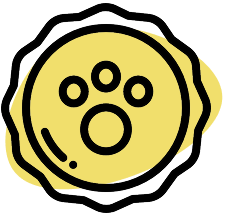What Your Dog’s Poop Is Trying to Tell You

Vet Reviewed by Dr. Jacob Klos, DVM

Let’s be honest: picking up poop isn’t the best part of dog ownership. But if you take a closer look before you bag it up, your dog’s stool can offer real insight into their digestive health—and even help you catch potential problems early.
From color and texture to frequency and smell, here’s what your dog’s poop might be trying to tell you.
What Does Healthy Dog Poop Look Like?
Healthy stool generally checks all the following boxes:
- Shape: Log-shaped, with clear definition
- Consistency: Firm, but not hard—similar to Play-Doh
- Color: Chocolate brown
- Coating: No mucus or oily residue
- Frequency: 1–2 times per day is typical for adult dogs
Anything outside of this norm doesn’t always mean there’s a problem—but it’s worth paying attention to.
When Color Becomes a Clue
The color of your dog’s poop can indicate what’s happening deeper in the digestive tract. Some common examples include:
- Yellow or orange: May suggest bile imbalance or liver issues
- Green: Could be from grass-eating or a gallbladder issue
- Black and tarry: Potential sign of bleeding in the upper GI tract
- Gray or greasy: Indicates possible pancreas or fat digestion problems
- Bright red streaks: Usually point to bleeding near the rectum (often minor)
Call your vet if abnormal colors persist for more than a day or two—especially if they come with lethargy or vomiting.
The Role of Consistency
The texture of your dog’s poop can often be a clearer indicator than color:
- Soft but formed: Generally okay, especially if your dog is on a new food or supplement
- Very loose or watery: May indicate a food intolerance, bacterial imbalance, or mild infection
- Hard and dry: Often tied to dehydration or lack of dietary fiber
- Mucus-covered: Suggests inflammation in the colon
Sudden changes in consistency—especially if they persist—deserve attention.
Other Signs to Watch For
In addition to color and texture, here are some red flags worth noting:
- Worms: Visible white strands may be tapeworms or roundworms
- Blood: A few red streaks may be from irritation, but dark or clotted blood is more concerning
- Smell: All poop smells, but an unusually foul odor can point to malabsorption or infection
- Frequency changes: Sudden constipation or diarrhea can signal issues with diet, hydration, or even allergies
Could It Be Allergies?
Many pet parents don’t realize that chronic soft stools or mucus-covered poop can be signs of a food sensitivity or environmental allergy. Inflammatory reactions in the gut are one of the body’s first lines of defense—especially in dogs with leaky gut or immune system imbalances.
If your dog has persistent stool issues along with itching, ear infections, or red paws, consider talking to your vet about allergy testing or a hypoallergenic diet trial.
When to Call the Vet
Reach out to your veterinarian if your dog shows any of the following:
- Diarrhea lasting more than 48 hours
- Blood in stool for more than one day
- Signs of abdominal pain, bloating, or straining
- Changes in appetite, vomiting, or lethargy
Even a single poop can offer your vet useful information. Don’t be shy about describing it in detail—or bringing in a sample.
Bottom Line
Your dog’s poop may not be pretty, but it’s packed with health insights. By checking in on it regularly, you can catch digestive issues, food intolerances, or early illness before they escalate.
Next time you bend down with the bag… take a second to check. Your pup’s gut will thank you.



